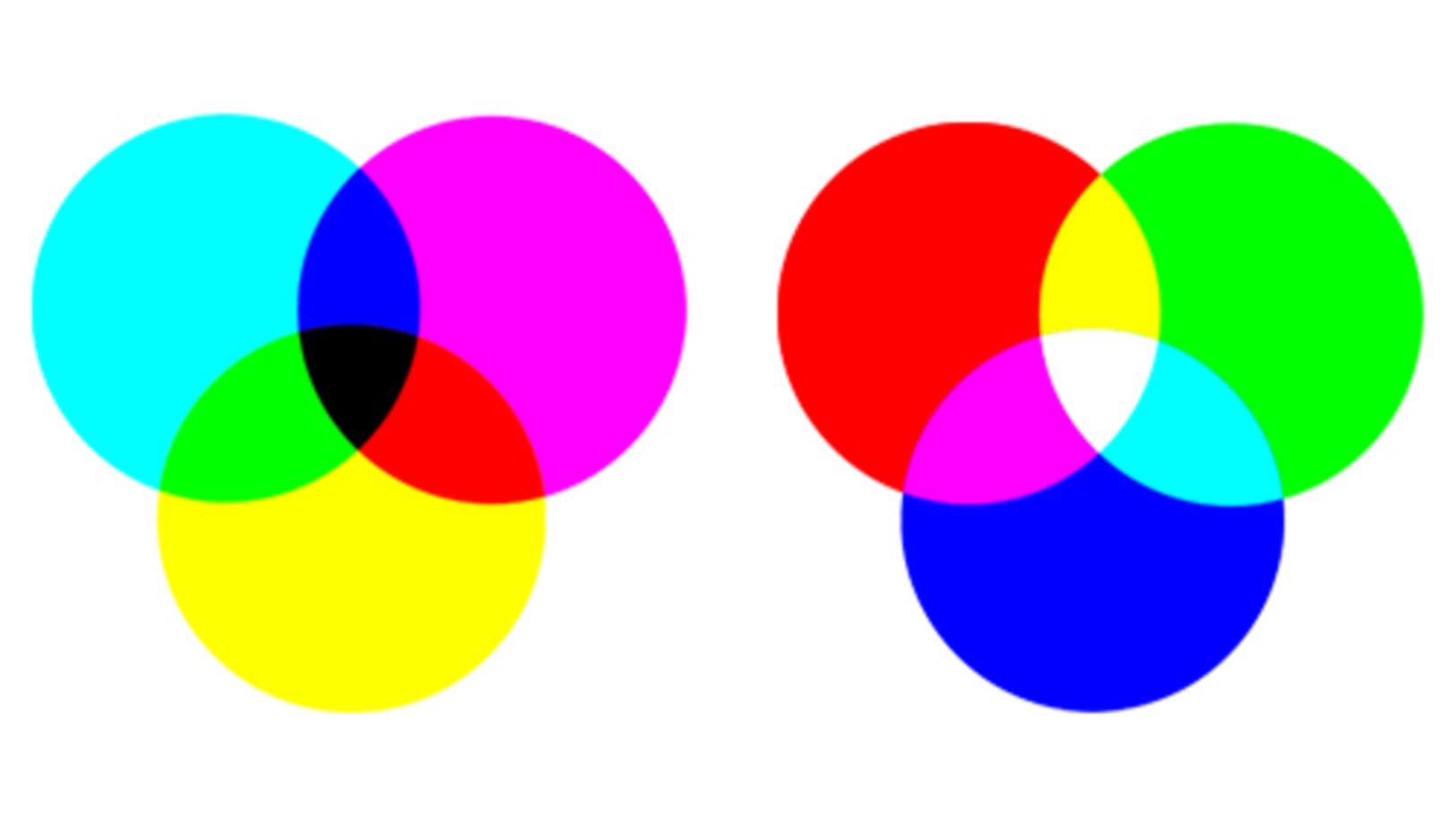10 colour management terms designers need to know
Getting your colours right means getting your head around some tricky terms. Our jargon-busting guide covers all you need to know.

Checking the colours you see on screen are the same ones that are reproduced in your printed designs is fairly straightforward (check out our article How to colour-match your print projects for the full details).
But there are a number of jargon terms that might baffle you - so we've put together this handy guide. Have a read, and you'll soon be able to sort your spectrophotometer from your tristimulus colorimeter...
01. Ambient light
Some colorimeters advertise ambient light measurement. In theory they can compensate for the colour and brightness of the surroundings, but in practice it's better to use a monitor hood and a room with light grey walls, no daylight and constant lighting.
02. Calibration
The process of tuning a display, printer and paper combination, or other output device, to make the colours as accurate as possible. Calibration measures the deviations and inaccuracies built into the device and creates a colour profile that corrects them.
Also read: The best monitor calibrators for designers
03. Display Match
For studios that have standardised on a single type of monitor, you can use Display Match to copy a profile made on one monitor to the others. Not as useful as it sounds - it's not difficult to manually copy a profile, and all the monitors must be set up identically.
04. ICC Profile (or just Profile)
The numbers that define how colours should be corrected for a device. The file format is a world standard managed by the International Color Consortium. When you use a profile, the default colours are corrected before you see them.
Daily design news, reviews, how-tos and more, as picked by the editors.
05. Industry standard
The more expensive calibrators don't merely attempt to fix your colour, they'll give you an estimate as to how far the calibrated result differs from ideal industry standard colours. Cheaper calibrators don't include this feature.
06. Gamut
The physical limits of the colour intensity that a device can produce. Calibration can't force a device to produce colours it isn't physically able to display, so a wide gamut is always easier to work with and is more likely to be calibrated accurately.
07. Gamut chart
A triangular chart produced by some calibration software tools that illustrates a device's RGB points in a half-oval perfect colour space. The bigger the triangle, the wider the gamut and the more accurately the device can be calibrated.
08. Tristimulus colorimeter
In simple English, a unit with three coloured lights and three colour measuring diodes - a little like LEDs, but in reverse. Most of the affordable colour calibration products use this technology. It does the job, but it's not quite as a good as a spectrophotometer.
09. Soft proofing
Checking print or PDF colours on-screen without having to create a physical output. Soft proofing is one of the benefits of a good colour workflow - you can preview colours accurately before your job goes anywhere near stock. But it's tricky to set it up correctly.
10. Spectrophotometer
The upmarket calibrator option. Spectrophotometer calibrators are marginally more accurate than a basic colorimeter, but are much more expensive. Some high-end large format printers include a built-in spectrophotometer that can produce a profile automatically before every print run.
Liked this? Read these!
- Illustrator tutorials: amazing ideas to try today!
- The ultimate guide to designing the best logos
- Discover what's next for Augmented Reality

The Creative Bloq team is made up of a group of art and design enthusiasts, and has changed and evolved since Creative Bloq began back in 2012. The current website team consists of eight full-time members of staff: Editor Georgia Coggan, Deputy Editor Rosie Hilder, Ecommerce Editor Beren Neale, Senior News Editor Daniel Piper, Editor, Digital Art and 3D Ian Dean, Tech Reviews Editor Erlingur Einarsson, Ecommerce Writer Beth Nicholls and Staff Writer Natalie Fear, as well as a roster of freelancers from around the world. The ImagineFX magazine team also pitch in, ensuring that content from leading digital art publication ImagineFX is represented on Creative Bloq.
